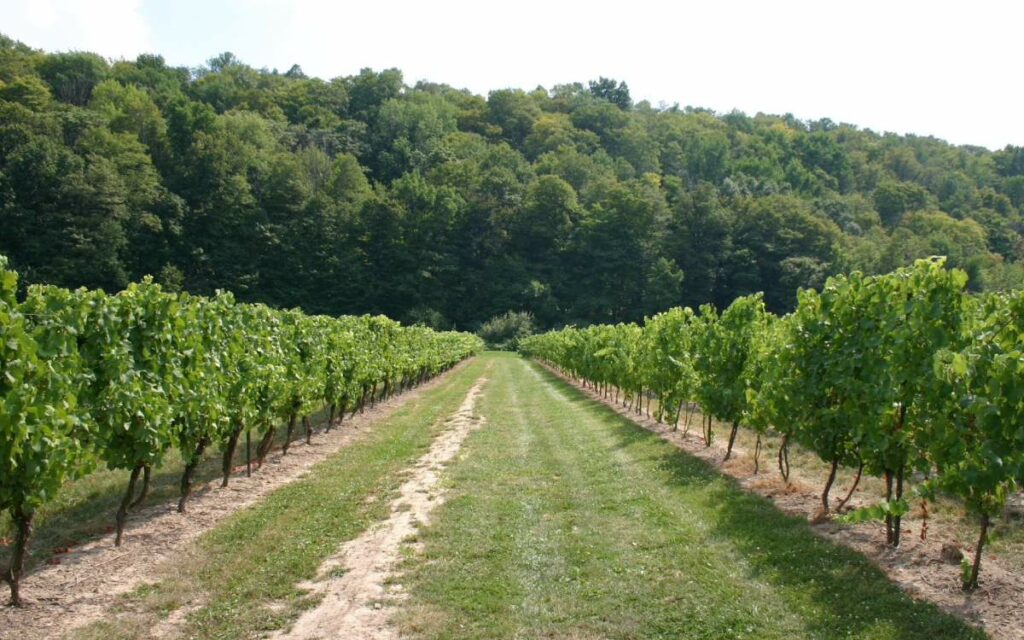
Wet, cold weather to blame for quanity issue, but quality said to be ‘exceptional’. Low supply should mean increased demand for 2022 vintage in years ahead. Photo credit: VQA Ontario
According to VQA Ontario’s latest Vintage Report, 2022 was a bad year for the province’s grape yields, and thus a bad year for Niagara wine producers – at least in terms of volume.
Released in January, the VQAO report indicates that last year Ontario appellations generated only half the volume of grapes that’s come to be expected in recent years.
“By all accounts, the quality of grapes in 2022 was exceptional across the board,” reads the report. “Unfortunately, the 2022 crop was small, producing on average, just 50% of the yield of previous years.”
Ontario is Canada’s leading grape producer, with the province’s three main growing areas – the Niagara Peninsula, Lake Erie North Shore, and Prince Edward County – accounting for about 60 to 70 per cent of all Canadian production.
Niagara accounts for the lion’s share of that figure.
In all, the Niagara Peninsula produces over 93 per cent of Ontario’s grape-growing volume.
Per the VQAO report, sub-optimal weather conditions at the exact wrong times were ultimately to blame for 2022’s poor yield.
“Heading into 2022, wineries and growers in the Niagara Region were dealing with significant vine and root damage, the result of wet weather fall of 2021 followed by a sudden cold snap at the end of harvest last year. Many vineyards did not have the opportunity to fully dry out before winter came with a deep freeze.”
The crop damage was widespread and cut across numerous grape varieties, with Pinot Gris, Pinot Noir, Merlot, and Sauvignon Blanc most negatively affected.
The Niagara Peninsula and Prince Edward County experienced the worst conditions, with Lake Erie North Shore getting warmer weather throughout the year and managing to exit 2022 with normal harvest tonnage.
One would think cooler temperatures in Niagara would have helped with Icewine production, however, 2022 was a record-low year for the product.
With grapes in high demand for table wines in recent years, Icewine production has fell dramatically. According to the report, this year yielded an estimated 763 tonnes.
Compare that to 1,952 tonnes in 2021, and 5,972 tonnes in 2018.
Almost all of Ontario’s Icewine production takes place in Niagara.
The bright side of 2022’s small harvest, according to VQA Ontario, is that the vintage – given its reported quality and low supply – will be in high demand in years to come.
“Vintage dated wines from 2022 will be highly sought-after for both their quality and scarcity,” reads the report. “Wine outlook for the 2022 vintage is excellent.”






